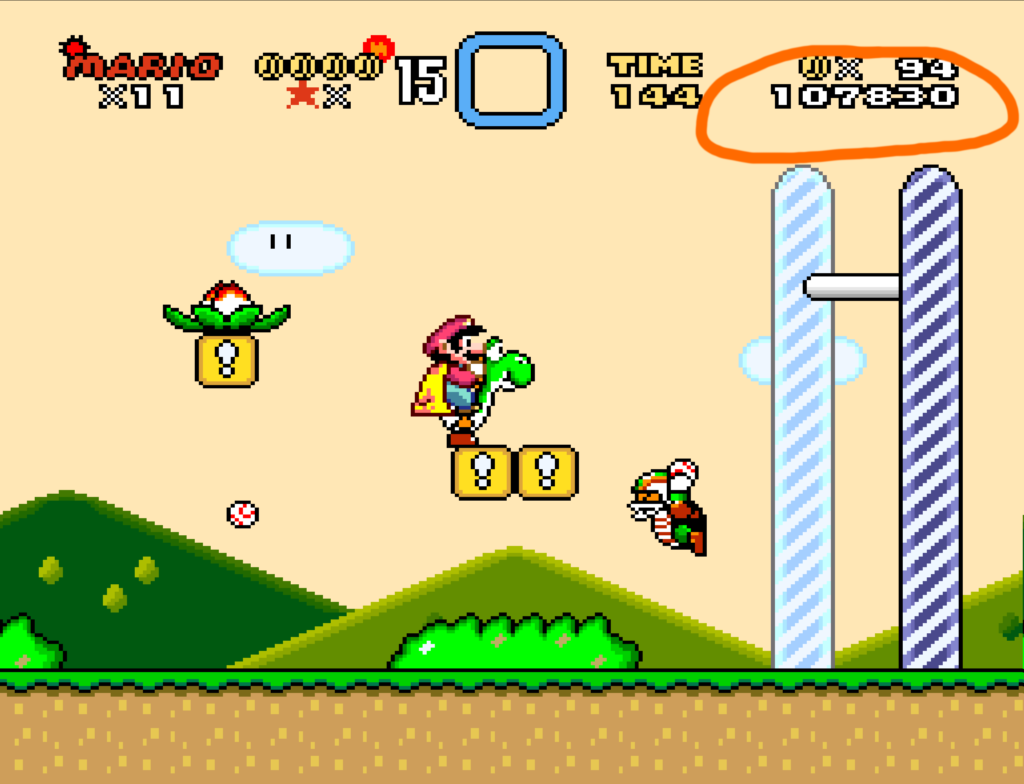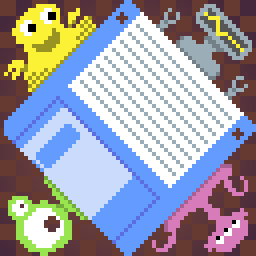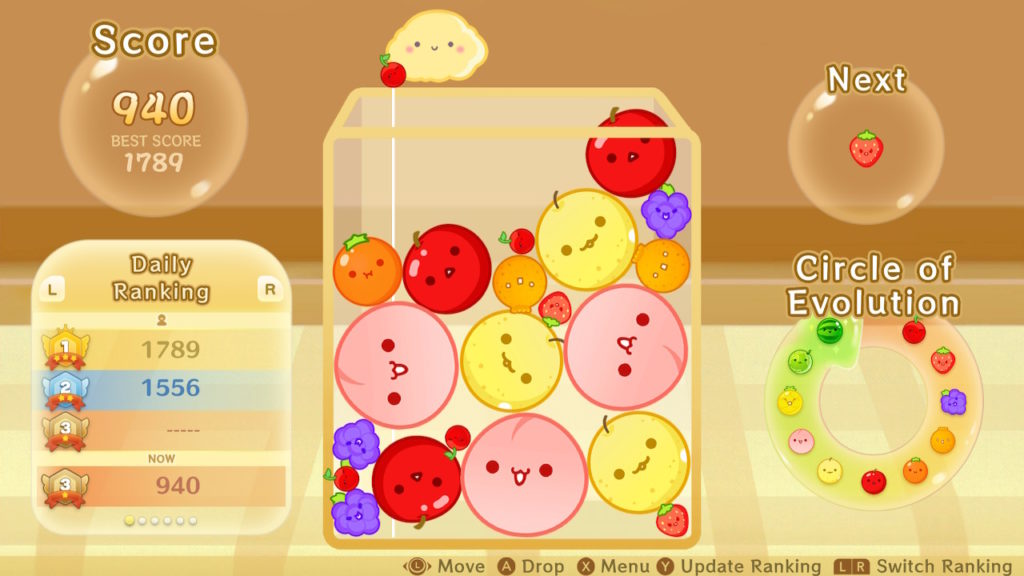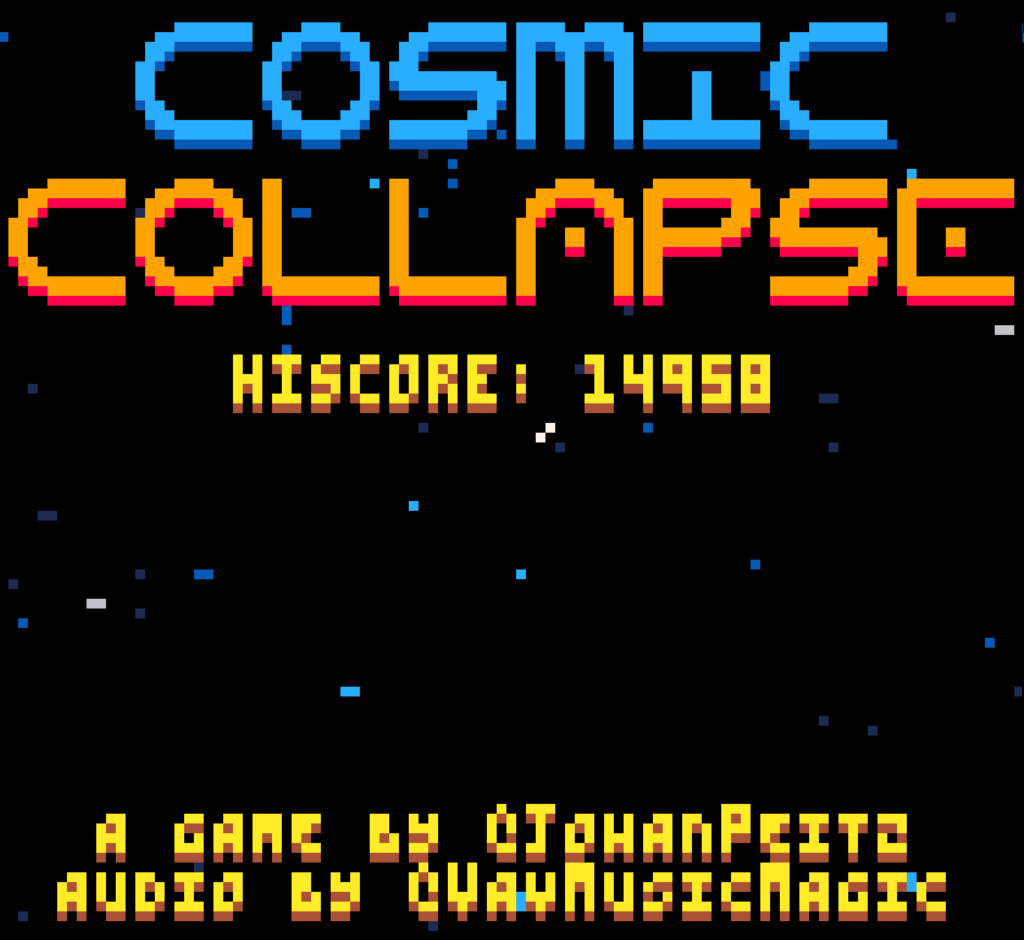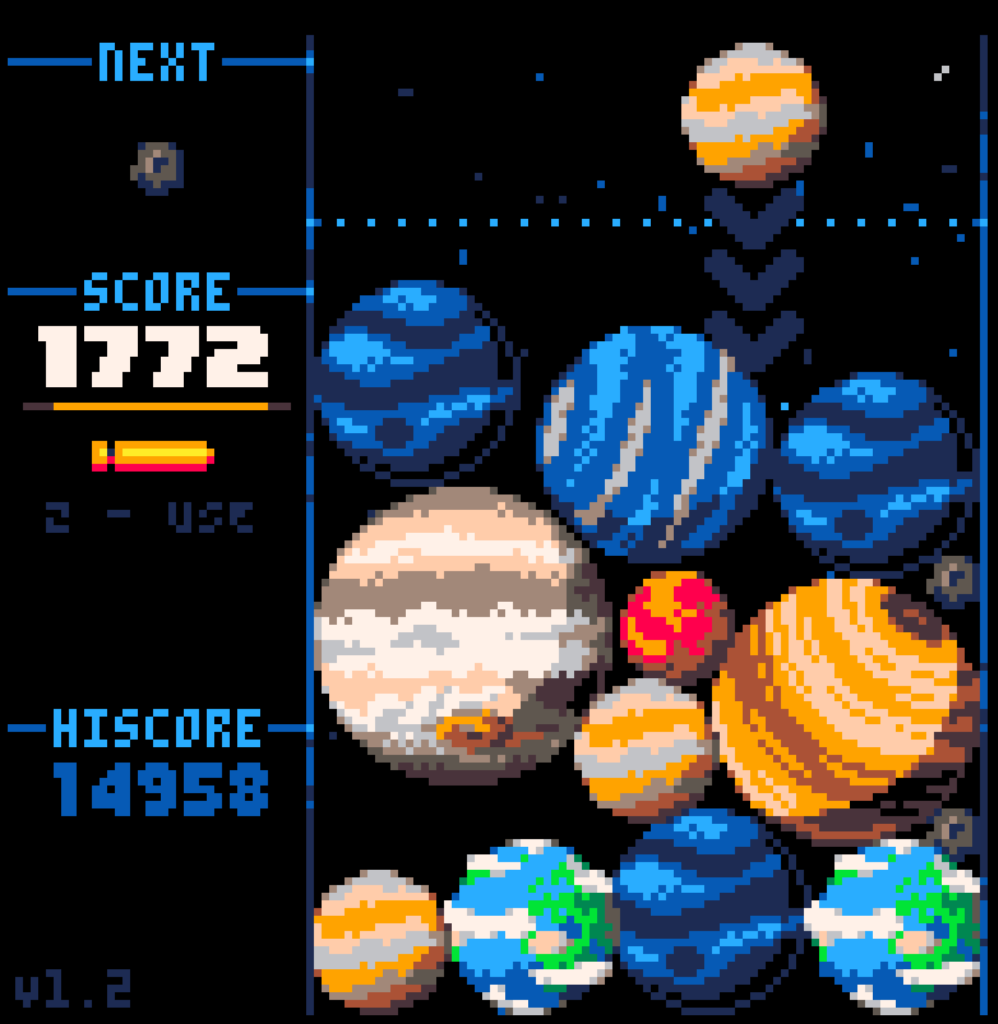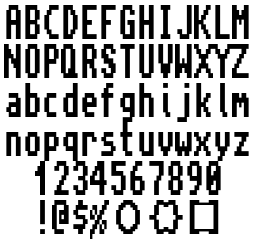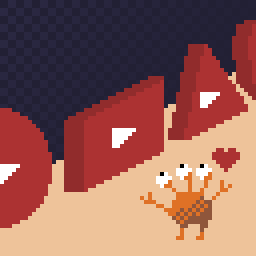
Sundry Sunday is our weekly feature of fun gaming culture finds and videos, from across the years and even decades.
I’ve always been a little ambivalent about Metal Slug. Not about its gameplay, which is excellent, but about its theme. It’s been said that it is impossible to depict warfare without glorifying it in some way. I think there is some truth to that, and there is no question that the Metal Slug games depict the hell out of it.
I think the Metal Slug makers recognize a bit of that, because of how humanely the enemy soldiers are depicted. They’re all trying to kill you, but they’re far from snarling villains. When not actively trying to bring about the end of Marco and Tarma (and Fio and Eri)’s lives, they’re chatting with each other, having a meal, sunning themselves on the deck of a ship, using the toilet or just hanging out. When they spot the invading players, they often react in terror. Sometimes you don’t want to shoot them, even when they’re climbing on your Slug and trying to throw a grenade in the hatch. Even their leader, General Morden, is not the typical villain. His backstory says that dissatisfaction with corruption in the Regular Army’s ranks, along with the loss of his wife and daughter due to an act of terrorism, was what caused him to launch his rebellion, and his solders admire his leadership.
It’s almost enough to make one want to overlook the questionable aspects of his army’s symbology, for which I can only thank my lucky frog the usual suspects haven’t latched onto. Morden is rehabilitated a bit in the endings of Metal Slugs 2 and 3, where he’s betrayed by the Martians he joined forces with, and helps the player’s commandos defeat, but its true that he’s always the antagonist at the start of each later game. Metal Slug, for all its sci-fi, zombie, magic and other trappings, is still a game about depicting conventional warfare, no matter how one-sided and improbable it may be.
Ah, as is often my habit, I used the subject of the post to write a short essay on some aspect of gaming. I hope you don’t mind. Here is the video, a stop-motion recreation of a typical Metal Slug scene, made by official entities to promote a mobile game. It seems appropriate to the subject.
Metal Slug: Awakening | Full Stop Motion Video (Youtube, 1 1/2 minutes)

